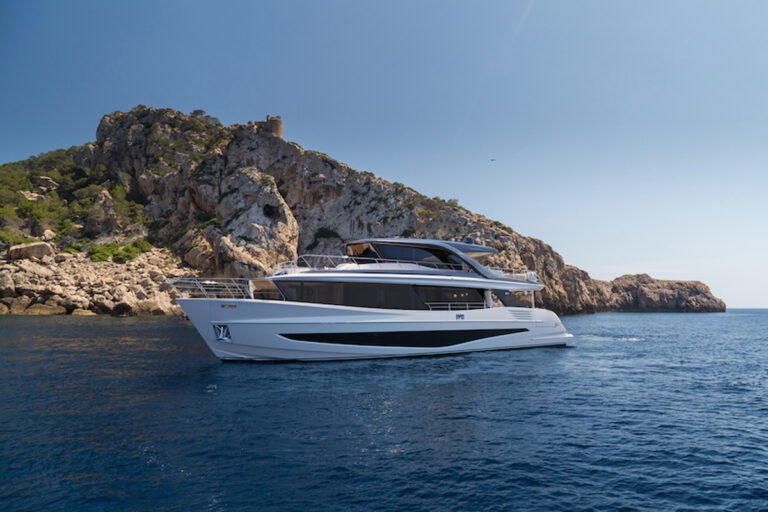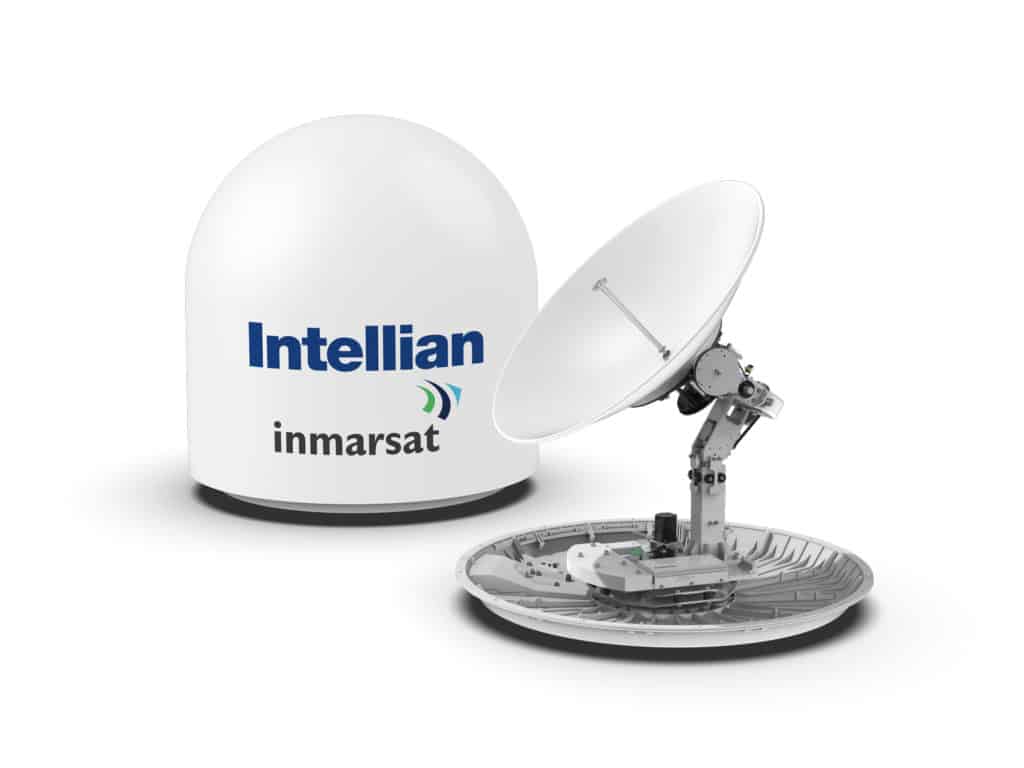
Intellian GX100NX
Intellian’s GX100NX allows for high-speed data aboard yachts worldwide. Recently released, GX100NX supports 2.5 GHz wide-band Ka networks, a standard soon to be implemented more commonly.
The terminal is based on Intellian’s NX technology platform, using a single coaxial cable for simplified installation. Its all-in-one GX belowdecks terminal integrates the antenna control unit, the modem, the power supply, the switching and more. The AptusNX software includes an installation wizard with step-by-step commissioning guide and diagnostic capabilities, sending alerts for predictive maintenance when necessary.
Full review: Intellian GX100NX
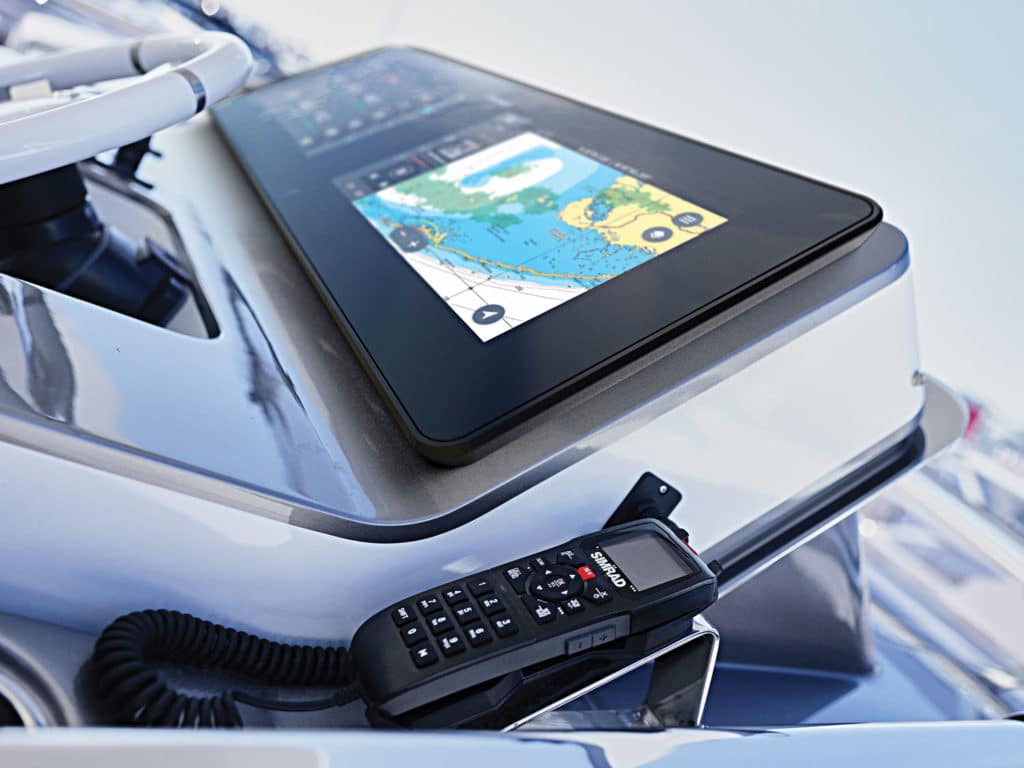
Navico’s Information Display
With Navico’s new information display (ID), the marine-electronics manufacturer wanted to bring the aesthetic and feel of a car’s dashboard to the helm. Navico’s ID gives yachtsmen a way of integrating, monitoring and controlling all of a yacht’s instruments and systems with a detailed graphical interface, cloud connectivity and predefined operating modes.
Each operating mode offers contextual information that’s dependent on what the vessel is being used for. Predefined modes include tasks such as system checks, but builders can create custom modes for activities like offshore sport fishing, sailing and passagemaking. Each custom mode automatically populates the vessel’s information section of the ID’s screen with germane data.
The Navico ID comes with a bonded, helm-mounted display (or displays) and a centralized, hub belowdecks that lets the ID communicate with almost any onboard system, digital-switching solution or compatible onboard instrumentation through an Ethernet cable, Wi-Fi, Bluetooth, sonar, USB, CAN or NMEA 2000 connectivity.
Full review: Navico’s Information Display
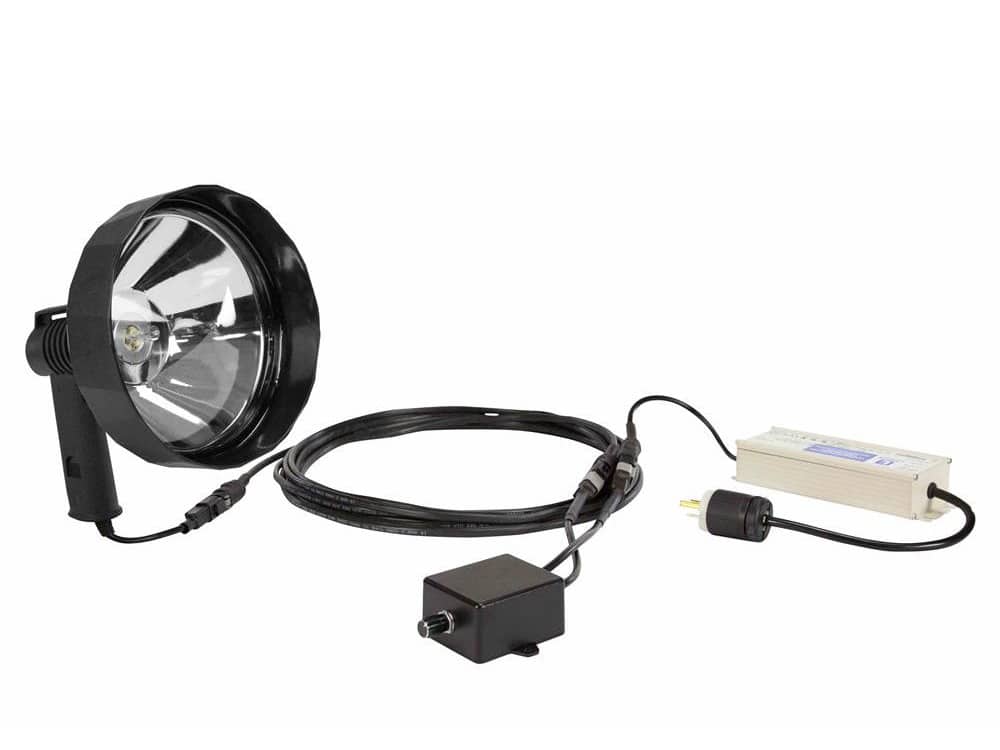
Larson Electronics’ Handheld Spotlight
Larson Electronics’ handheld spotlight can reach up to 1,600 feet with a single 100-watt halogen bulb. The HL-85-CPR-D-1227 handheld spotlight boasts 7 million candlepower, generating 1,800 lumens. It has an inline dimmer and an advanced reflector. This unit is rated IP65 waterproof, as its body is made of ABS polycarbonate, and its lens is impact- and shatter-resistant.
Full review: Larson Electronics’ Handheld Spotlight
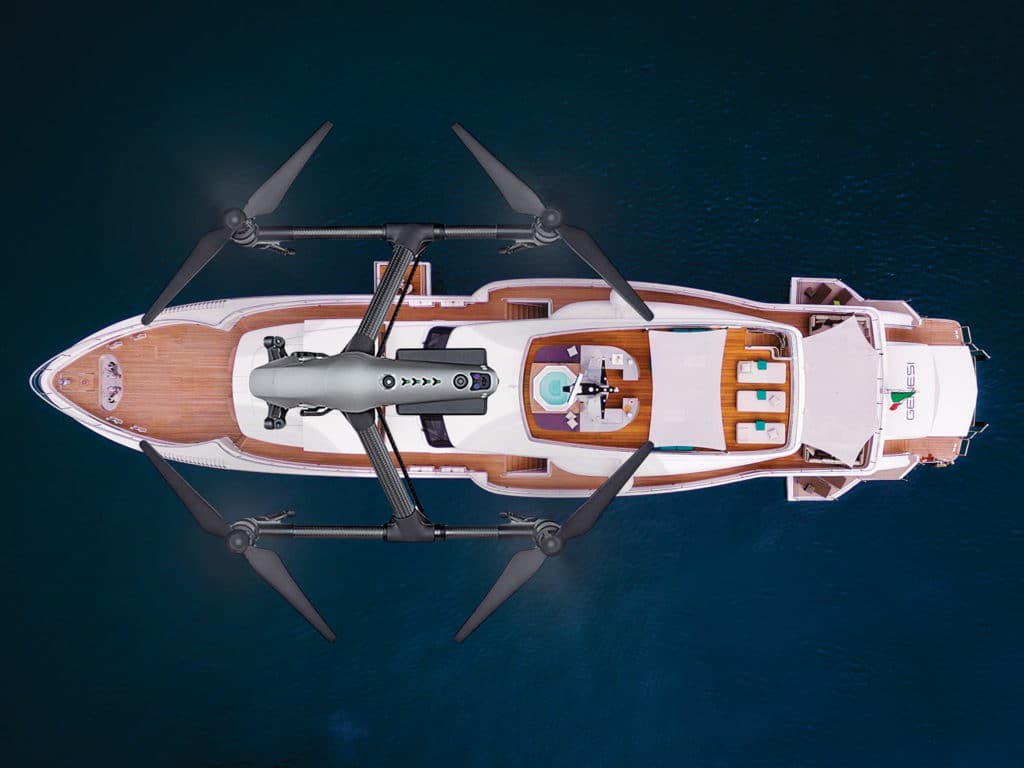
Martek’s Anti-Drone System (MADS)
Approximately 22 million drones are expected to be in operation by 2020, and some of those drones could pose privacy problems for yacht owners. That’s where Martek’s Anti-Drone System (MADS) comes into play.
As the world’s first marine-specific, anti-drone system, MADS uses two 70-by-75-centimeter (27.5-by-29.5-inch) radomes, a PC and a software interface to detect and neutralize pesky drones. Its detection dome passively identifies and tracks drones that are operating on 2.4 GHz and 5.8 GHz frequency bands, and its defeat dome inhibits a drone from receiving controls and sending video.
Both the detection and the defeat domes provide 360-by-180-degree coverage around and above a vessel, as MADS can identify and track drones from more than three miles away. The software within MADS can be updated annually, too, to keep up to date with new drones.
Full review: Martek’s Anti-Drone System
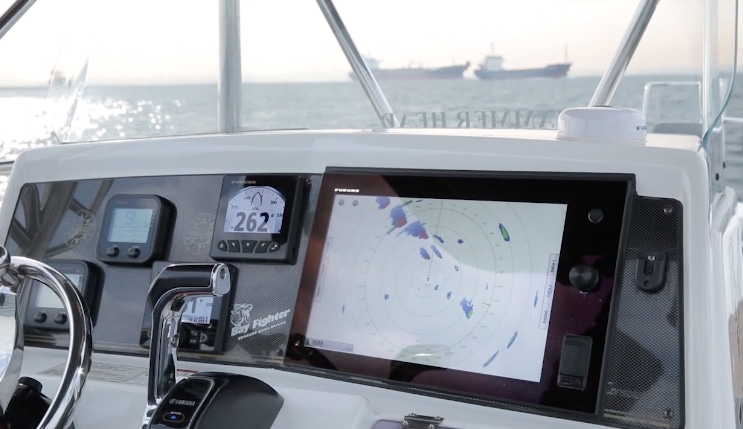
Furuno’s DRS6A-NXT
The DRS6A-NXT is Furuno’s solid-state radar using Doppler and RezBoost technology, featuring the NXT series’ Target Analyzer™, Fast Target Tracking™ and Auto Target Acquire function to offer optimal detection and sensitivity of hazardous objects.
Yacht owners have the option of selecting the DRS6A-NXT in a 3½ -, 4- or 6-foot open array. The NXT generation radars are designed to be used with both NavNet TZtouch and TZtouch2 MFDs. Its Target Analyzer™ color-codes targets approaching the vessel to clearly identify hazards. A green echo is a stationary target, an approaching target or land moving at a velocity of less than 3 knots; a red echo signals a target is approaching the vessel at a speed of 3 knots or faster.
Full review: Furuno’s DRS6A-NXT
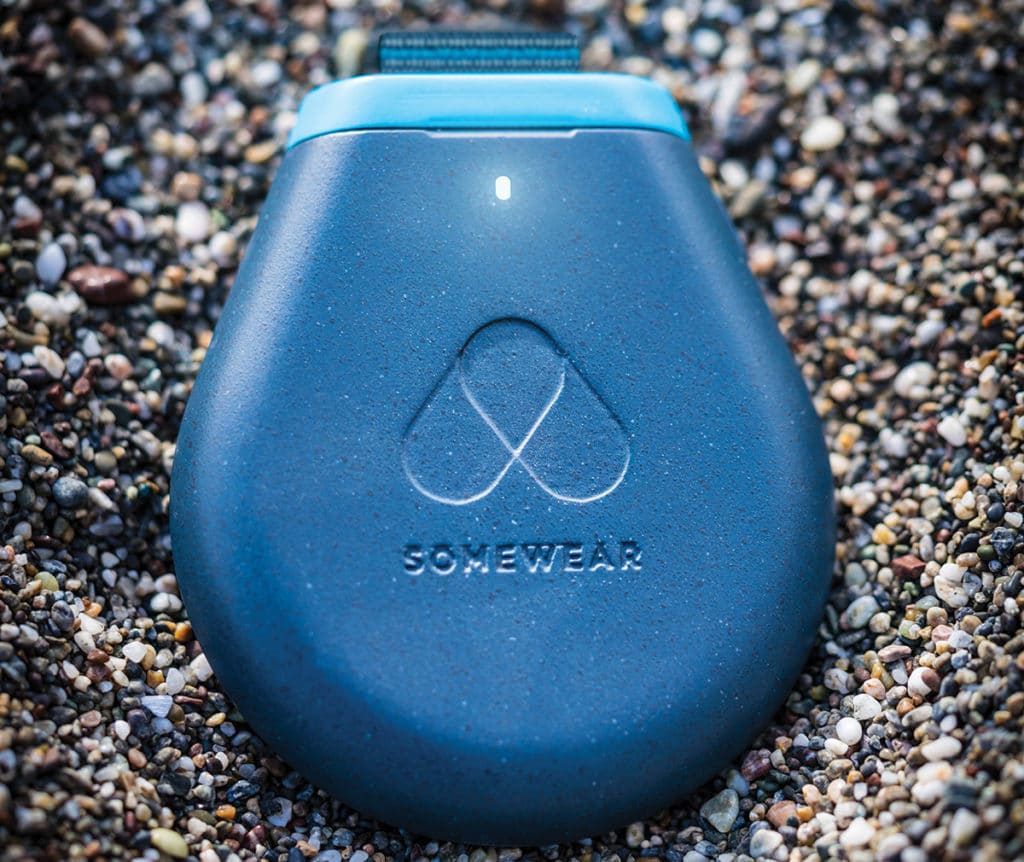
Offshore SMS Communication Devices
Reliable communication is key on the water, whether it’s a check-in text with family or reporting an emergency to authorities.
Garmin’s inReach Mini sends and receives short-burst data using Iridium’s global satellite-communications network, allowing users to send SMS communications, download weather forecasts and contact the GEOS emergency-monitoring center for rescue services. Furthermore, the inReach Mini allows friends ashore to track a vessel through Garmin’s MapShare tracking web page; updates are sent in user-adjustable intervals.
Somewear Labs’ Global Hotspot helps cruisers maintain contact despite their latitude and longitude. It, too, operates on Iridium’s global satellite-communications networking with sort-burst data, allowing users to send SMS messages to any phone, email address or other Somewear Global Hotspots through Somewear’s mobile app. Each message sent includes the Hotspot’s latitude and longitude. The Global Hotspot is equipped with an emergency button that communicates with GEOS.
Uniden’s MHS335BT is unique in that it sends data over VHF frequencies. It has an integrated GPS receiver and Class D digital selective calling (DSC), allowing users to send out blanket-broadcast emergency calls or directly contact individual DSC-enabled VHF users via their 9-digit maritime marine service identities. Bluetooth connectivity allows the MHS335BT to connect with a third-party wireless device (e.g., Android, iOS) using Uniden’s Marine app.
Full review: The Modern Slingshot
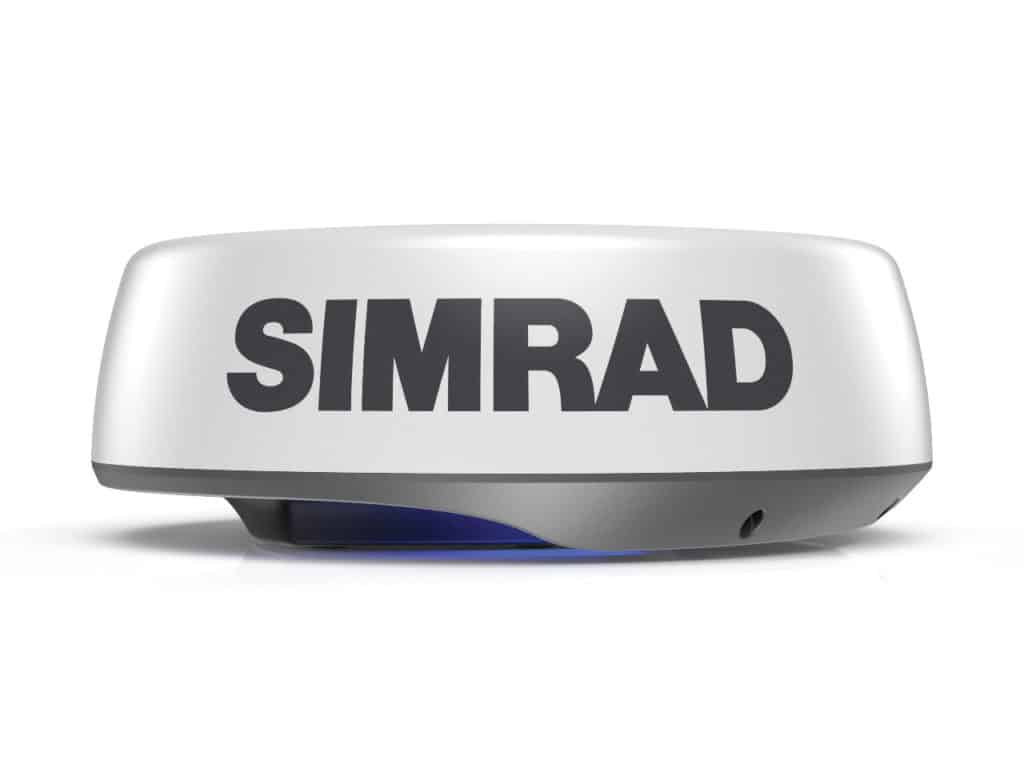
Simrad Halo24
The Simrad Halo24 is the industry’s first dome radar to boast a 6 rpm high-speed rotation at distances up to 2 nautical miles. Using Simrad’s VelocityTrack Doppler technology, the Halo24 includes immediate dual-range performance and high-quality, short-, mid- and long-range detection capabilities of up to 48 nautical miles.
Full review: Simrad Halo24
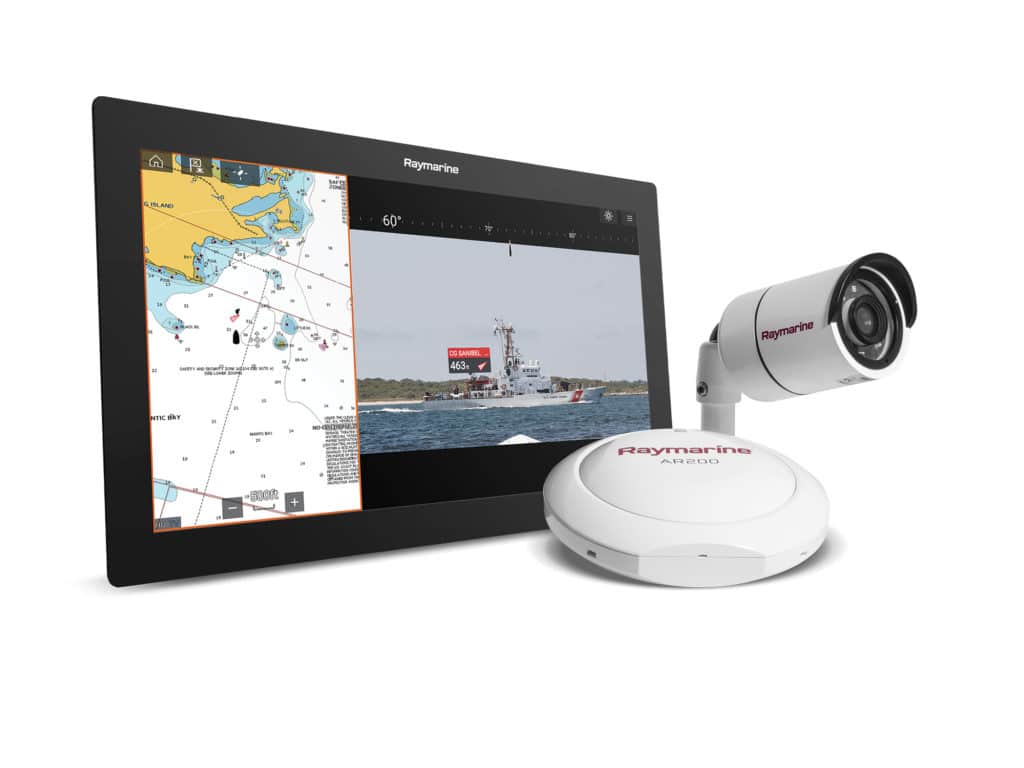
Raymarine’s ClearCruise AR
Fueled by the new AR200 augmented-reality stabilization module and a CAM210 or CAM220IP marine camera, Raymarine’s ClearCruise AR enhances the ability to see navigation aids and locations faster and from further away, using color-coded, on-screen call-outs. The ClearCruise AR uses gyrostabilized images, as users receive instant updates of live sea conditions and vessel motion. Owners can connect up to 10 cameras for 360-degree coverage.
Full review: Raymarine’s ClearCruise AR
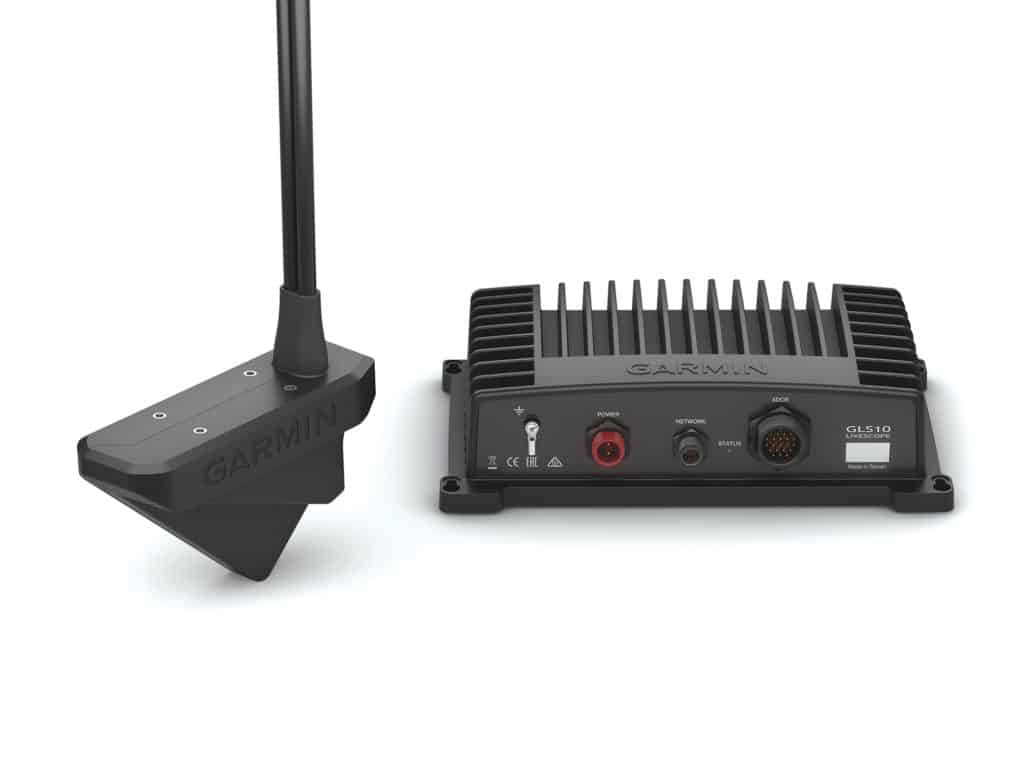
Garmin Panoptix LiveScope
The Garmin Panoptix LiveScope is a fish-finder that provides easy-to-distinguish, picture-like sonar images of structure, bait and fish around a vessel. Owners can manually adjust the transducer to fit their respective fishing techniques with LiveScope Down and/or LiveScope Forward.
Full review: Garmin Panoptix LiveScope
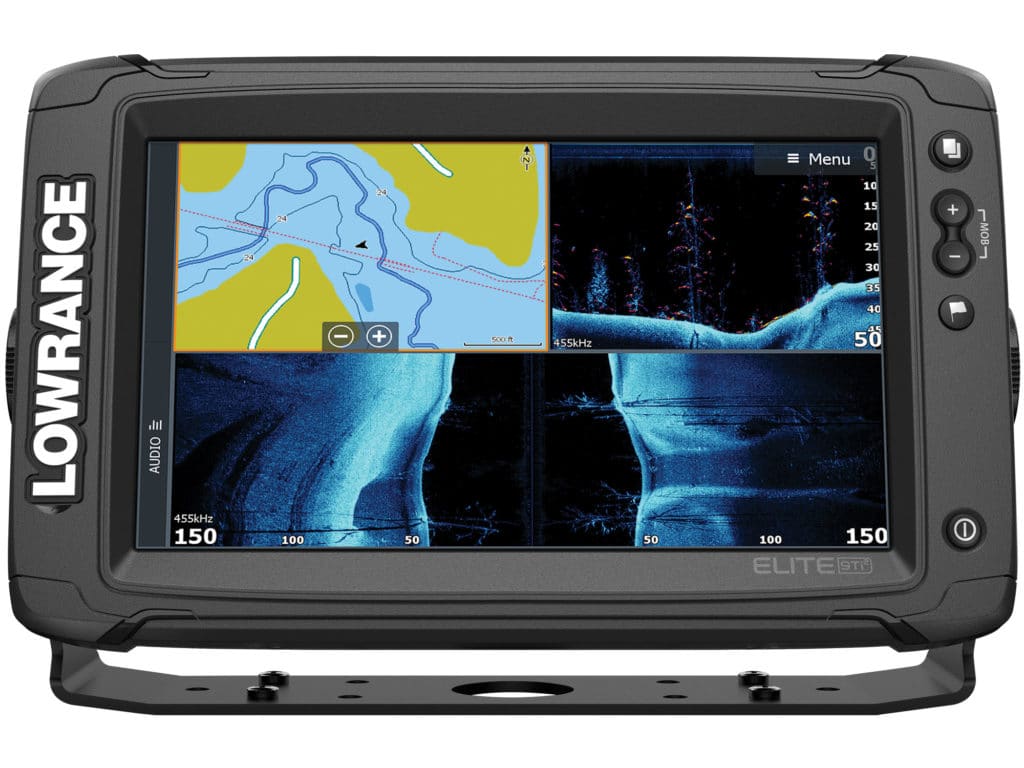
Lowrance Elite Ti2
The Lowrance Elite Ti2 combines high-resolution active sonar and wireless networking technologies for finding fish. It uses 800 kHz active imaging, Lowrance chirp sonar with FishReveal and SideScan and DownScan imaging. There is also Bluetooth technology with call and text notifications. The Elite Ti2 comes in 7-, 9- or 12-inch displays.
Full review: Lowrance Elite Ti2
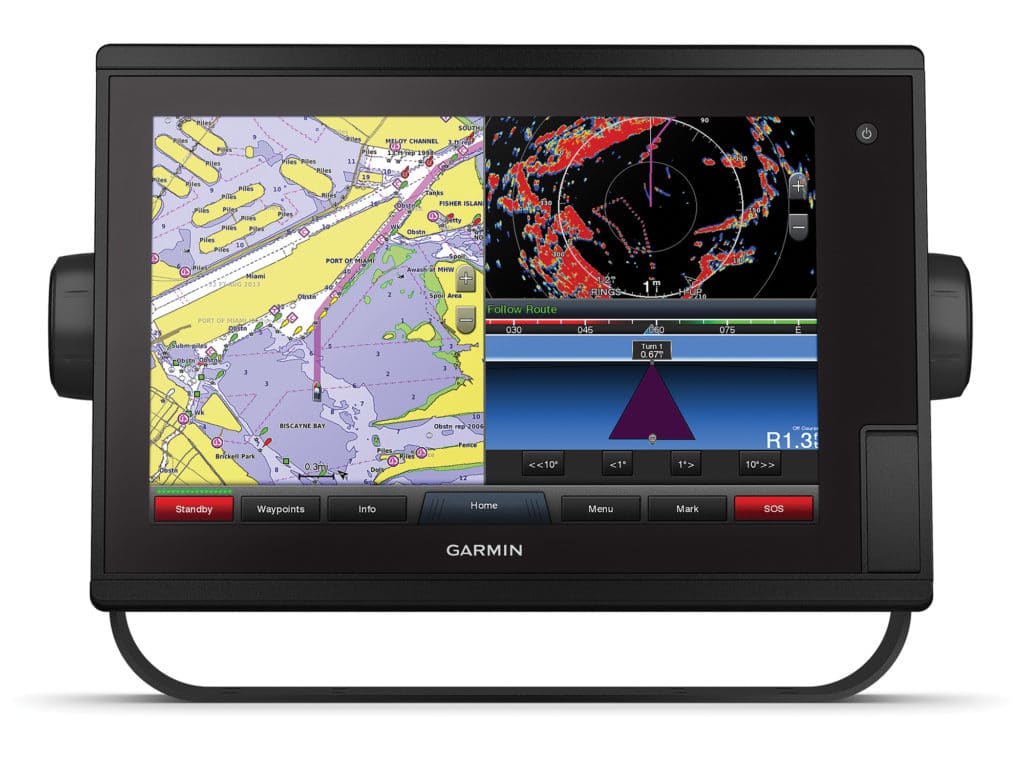
Garmin GPSMap 1242 Touch
The Garmin GPSMap 1242 Touch has full networking capabilities for radar, autopilot, sonar, instruments and sensors, giving owners a high level of customization. There are built-in charts powered with Navionics data and Auto Guidance technology. A 12-inch display supports Axis and FLIR thermal cameras, and optional sonar modules, including Panoptix all-seeing sonar. The 1242 Touch also supports GRID keypads, GXM 53 marine weather receivers and Virb camera streaming.
Full review: Garmin GPSMap 1242 Touch








